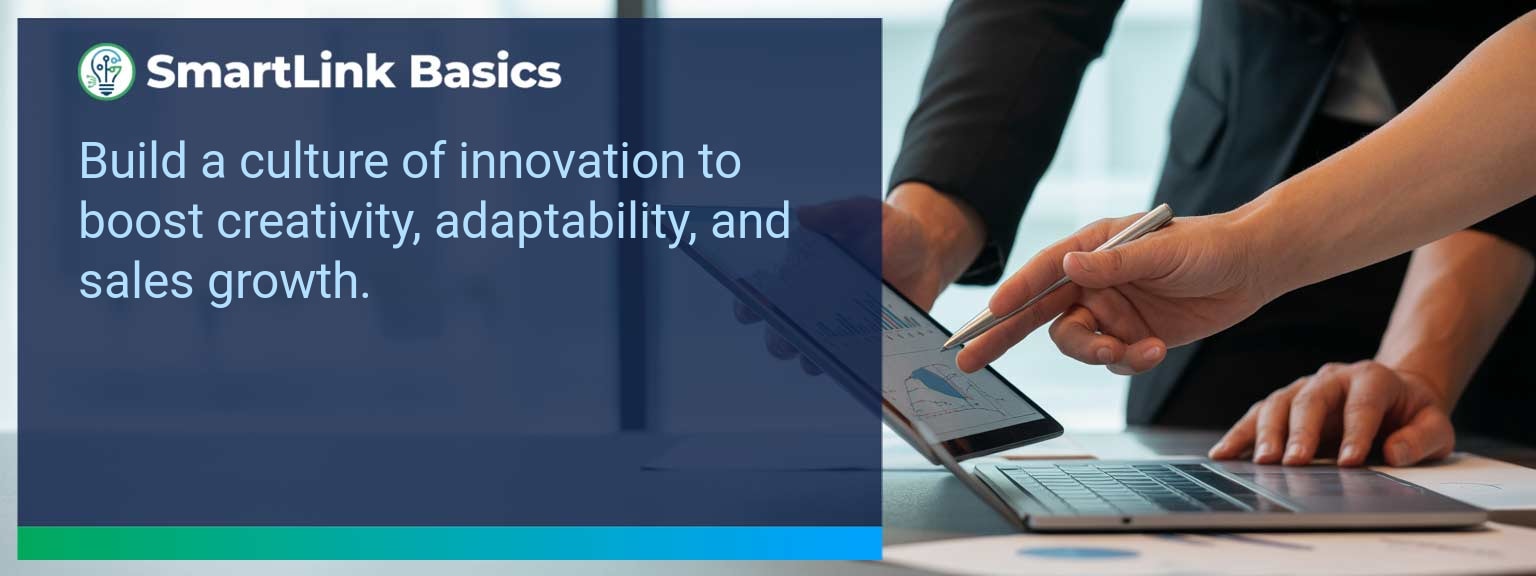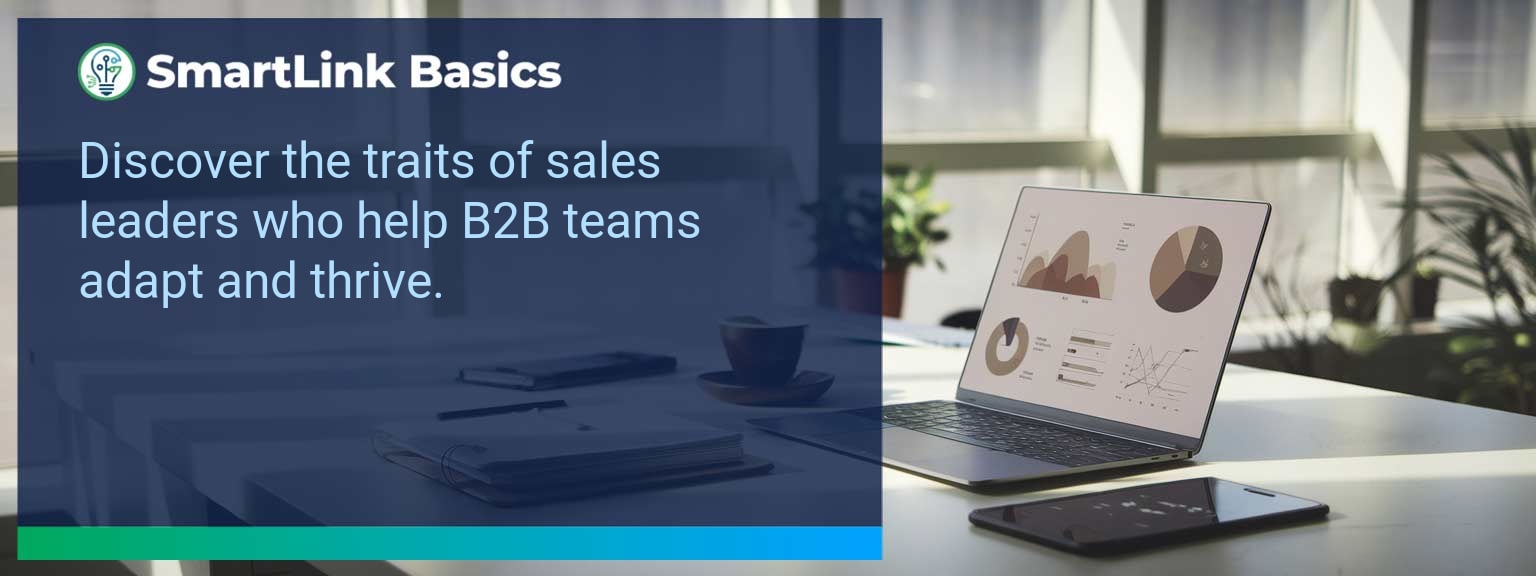Industry data shows that organizations adopting AI-driven automation achieve cost reductions of up to 30% while accelerating sales cycles by 20% or more (McKinsey, 2024). For sales leaders, AI automated workflows now define competitive advantage, enabling teams to reallocate time from repetitive tasks to high-value engagements. At SmartLink Basics, we help decision-makers implement these systems strategically, ensuring they integrate with existing revenue operations. In this article, you’ll see how AI automated workflows power business outcomes, the common obstacles that slow adoption, and practical steps to optimize processes. You’ll walk away with proven examples, a 90-day action blueprint, and measurable KPIs to track results.
- Automate repetitive administrative and CRM updates with AI.
- Integrate machine learning to personalize outreach at scale.
- Streamline approvals, quotes, and contract workflows for speed.
- Use predictive analytics to prioritize sales opportunities.
- Track adoption and performance with targeted metrics.
AI Automated Workflows: What Changed and Why It Matters
AI adoption has shifted from experimental to operational, making automated workflows a standard in high-performing sales organizations. The real advantage lies in combining workflow automation with artificial intelligence workflows to optimize every step of the revenue process. Sales leaders now use AI to synchronize touchpoints, reduce manual inputs, and ensure faster execution. For example, a B2B SaaS leader introduced automated lead enrichment and routing, cutting qualification time by 60%. Actionable insight: Audit processes for time-intensive handoffs and apply AI where repeatability is high.Redesign the Revenue Operating System With AI Automated Workflows
ICP, Segmentation, and Targeting AI-enabled segmentation uses historical wins, firmographic, and behavioral data to dynamically update ICP profiles. This ensures targeting precision without quarterly re-work. Pipeline Architecture Automated workflows push opportunities through the right stages based on engagement signals. AI flags at-risk deals for intervention. Plays and Messaging Integrated automation tools deliver personalized sequences based on buyer activity, increasing relevance at every touchpoint. Operating Cadence AI schedules follow-ups, forecast calls, and account reviews based on actual pipeline movement rather than static calendars. Actionable insight: Implement automation that adapts in real-time to both internal and buyer-driven events.Common Obstacles To Achieving Seamless Automation
The most frequent challenges are fragmented systems, inconsistent data quality, and cultural resistance. Without a unified data layer, automation amplifies errors rather than solving them. Coca-Cola Europacific Partners reported needing a full data governance upgrade before AI could improve sales workflows. Leaders must first assess infrastructure readiness and train teams to trust AI-influenced recommendations. Actionable insight: Before deployment, establish clean data practices and a single source of truth.Implementing AI To Optimize Workflows
Effective deployment of AI process optimization starts with mapping current-state processes, identifying friction points, and matching them with automation tools. For example, automating proposal generation based on CRM opportunity data can reduce turnaround from three days to one hour. Solutions combining business process automation platforms with machine learning integration enable continuous performance improvement. Actionable insight: Pilot in one high-impact stage, measure, and then expand.Tangible Benefits From Automated Processes
The benefits extend beyond time savings — sales leaders gain a scalable system. Tangible outcomes include faster quote-to-close, higher lead conversion, and better forecast accuracy. A manufacturing firm implemented AI-assisted order processing and cut errors by 40%, improving on-time delivery rates. Actionable insight: Track both speed and accuracy to measure workflow automation effectiveness.Metrics That Matter
| Category | Metric | Definition | Target |
|---|---|---|---|
| Leading | Workflow Completion Rate | % of automated sequences executed without manual intervention | 95%+ |
| Leading | AI Suggestion Adoption Rate | % of AI-generated action recommendations executed by reps | 80%+ |
| Lagging | Cycle Time Reduction | Decrease in time from lead entry to closed-won | 20%+ |
| Lagging | Revenue Per Rep | Average sales revenue generated per sales rep per quarter | +15% YoY |
| Quality | Automation Error Rate | % of workflows that trigger incorrect outcomes | <1% |
| Quality | Customer Satisfaction Post-Automation | Average CSAT score after automation implementation | ≥ 4.5/5 |
Innovations And Next Steps For AI Automation
Emerging capabilities like AI-generated playbooks, intent-driven dynamic routing, and integrated AR for virtual product demos are shaping the next wave of sales automation. Companies integrating these tools early will outpace competitors in speed and personalization. Actionable insight: Stay ahead by testing emerging automation features quarterly and aligning them with evolving buyer expectations.Get the 90-day plan, coaching rubric, and dashboard template to operationalize AI in your enablement program.
Turning AI Automation Into a Revenue Multiplier
AI automated workflows are now a strategic lever for predictable, scalable growth. This guide outlined current applications, adoption challenges, a 90-day execution plan, and measurable success criteria. To make automation pay off, sales leaders should integrate tools into one cohesive operating system and review results monthly for continuous improvement. Access more AI-driven sales enablement resources from SmartLink Basics to design a high-performance automation strategy. Strong sales leadership is the single most influential factor separating high-performing sales teams from the rest. At SmartLink Basics, we have observed that even experienced sales organizations lose momentum when leadership practices fail to align with evolving market dynamics. By applying the right sales leadership strategies, leaders can optimize sales performance improvement, strengthen sales team management, and embed sales coaching techniques that consistently deliver revenue growth. This guide outlines pragmatic tactics to enhance team execution, remove common barriers, and create a framework for sustainable sales performance. Readers will gain proven methods to increase productivity, sharpen focus, and drive consistent, measurable results.- Define clear sales objectives tied to revenue growth targets.
- Use structured coaching techniques to elevate individual performance.
- Implement a consistent operating cadence for accountability.
- Optimize pipeline architecture for accurate forecasting.
- Continuously measure results and adapt leadership focus accordingly.
Recognizing The Common Barriers To Sales Success
Sales leaders often face recurring obstacles that erode performance over time. These include unclear performance metrics, inconsistent coaching, misaligned incentives, and communication gaps between leadership and frontline teams. Without addressing these issues, even the most talented teams struggle to sustain results. For example, a mid-market technology firm experienced a 20% drop in quarterly sales due to a lack of standardized sales process tracking. Once they established clear performance benchmarks, alignment improved across all regions. Actionable insight: Audit your current processes to identify where expectations, resources, or communication pipelines break down, then address those gaps with targeted interventions.Implementing Proven Tactics For Stronger Sales Leadership
Successful sales leadership strategies combine data-driven decision-making with people-focused management. Leaders must create systems that integrate sales enablement, coaching, and performance tracking into a unified operating rhythm. For instance, embedding weekly deal reviews ensures real-time coaching while maintaining focus on the most promising opportunities. This practice also reinforces a culture of accountability. Actionable insight: Use one consistent meeting structure for all managers to ensure common performance language and expectations across the team.Measuring The Impact Of Leadership On Sales Outcomes
The true measure of leadership effectiveness is its influence on quantifiable results. Leaders must track both leading indicators, such as activity volume and pipeline health, and lagging indicators like revenue achieved. Quality metrics, including client retention and win rates, provide additional context. Example: A B2B services company increased win rates by 12% in six months by linking coaching sessions directly to deal conversion metrics. Actionable insight: Build a balanced scorecard that includes leading, lagging, and quality measures to keep leadership performance transparent.| Category | Metric | Definition | Target |
|---|---|---|---|
| Leading | Pipeline Coverage | Ratio of total pipeline value to revenue target | 3x target |
| Lagging | Quarterly Revenue | Total sales closed in a quarter | 100%+ of quota |
| Quality | Client Retention Rate | Percentage of clients retained year-over-year | 90%+ |
Evolving Leadership Practices For Long Term Success
Market shifts, buyer expectations, and competitive dynamics require sales leaders to adapt continuously. This means refining sales processes, embracing new enablement tools, and developing leadership skills that align with emerging business realities. Example: Companies integrating advanced sales process automation have reduced administrative time for reps by up to 25%, freeing them to focus on high-value selling activities. Actionable insight: Evaluate leadership effectiveness annually against changes in team performance, market conditions, and buyer behavior to maintain relevance.Get the 90-day plan, coaching rubric, and dashboard template to operationalize AI in your enablement program.









